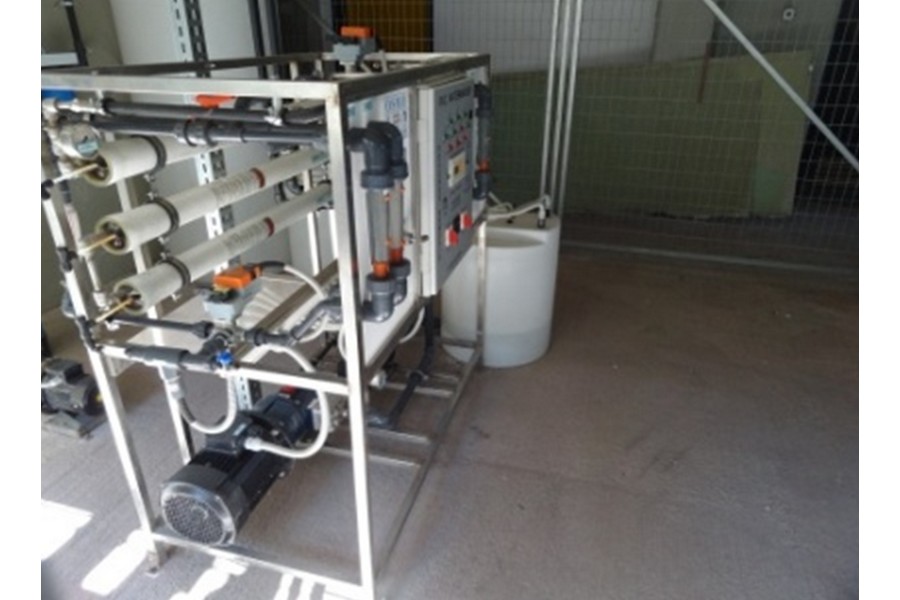The use of desalination units to produce clean water (drinking or distilled) from brackish or sea water has been the most reliable solution to effectively dealing with water scarcity in recent years. Mediterranean and Middle Eastern countries such as Spain, Malta and Saudi Arabia meet most of their water needs using desalination systems. In addition, countries characterized by continuous population growth and rapidly developing industry, such as India and China, have begun to invest strongly in desalination plants to produce clean water.
Desalination technologies utilize two methods, the thermal method, and the membrane method.
In applying the thermal method, the water changes phase at least twice, as it passes from the liquid to the gas phase and vice versa, until it condenses back into liquid form. Distillation and the less commonly used crystallization are the two thermal desalination methods. Distillation types include Multi-Stage Flushing MSF, Multiple Effect Distillation MED, Vapor Compression VC and Solar Distillation SD.
In applying the membrane method, the water remains in a single phase, the liquid phase, and membranes are used to separate salts and other impurities. Typical applications of this method are Electrodialysis ED/EDR and Reverse Osmosis RO.
For academic and research purposes, NTUA’s Laboratory of Applied Thermodynamics, Cooling Technology & Refrigerated Vehicles has installed a reverse osmosis desalination unit in its facilities. The unit enables the user to determine in advance the properties of the produced water and its supply is ensured by the campus drilling. The unit is indicative of real consumption needs, with several automations and safety systems guaranteeing that the devices will not be subjected to unfavourable operating conditions.




Characteristics
Maximum water production 150 lt/ h
Sand filters 5 μμ, 20μm
Rated pump power 2.2kW
Measuring Systems 3 flowmeters, 4 manometers
Operating Principle
In this system, there are three stages of seawater treatment. The first stage is the most important, as it ensures that micro-organisms are destroyed and thus, salt deposition on the membranes is avoided. The second stage is the process of reverse osmosis, during which the seawater penetrates the membranes and discards the salts. High pressure, of about 54atm – 80atm, is a requisite for this stage. In the final treatment stage, the produced water is stabilized and prepared for distribution as drinking water.

